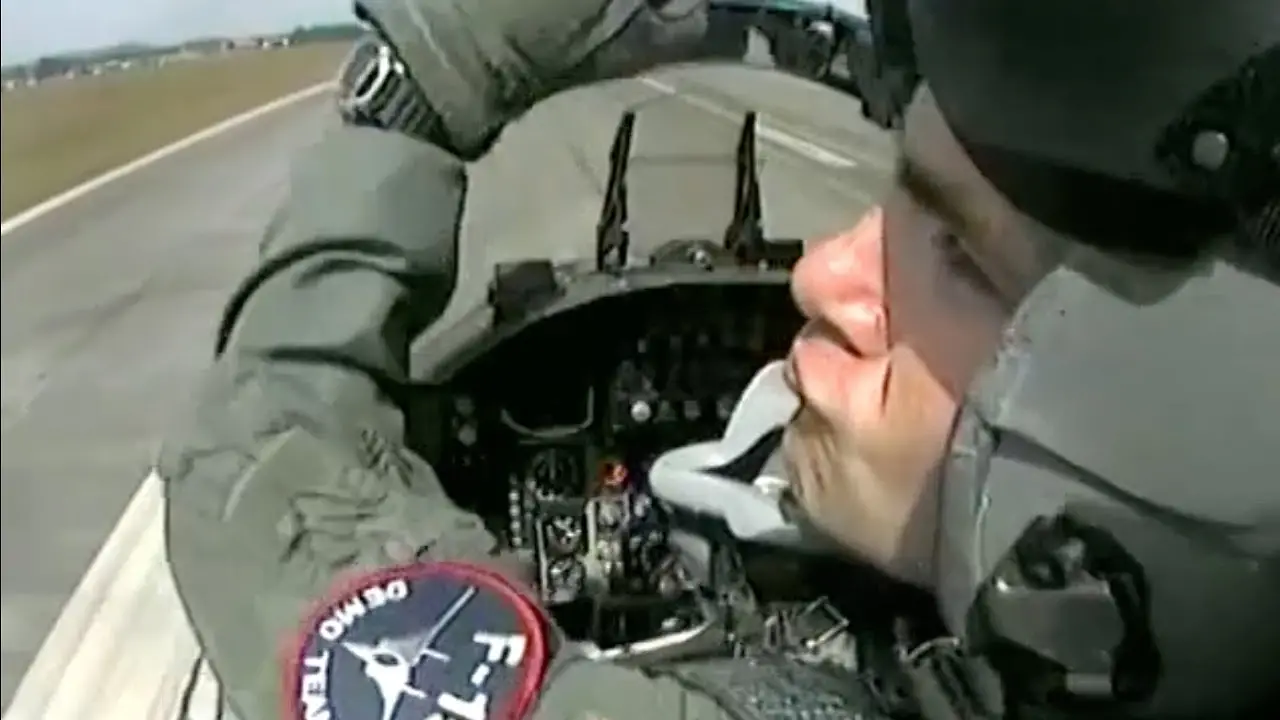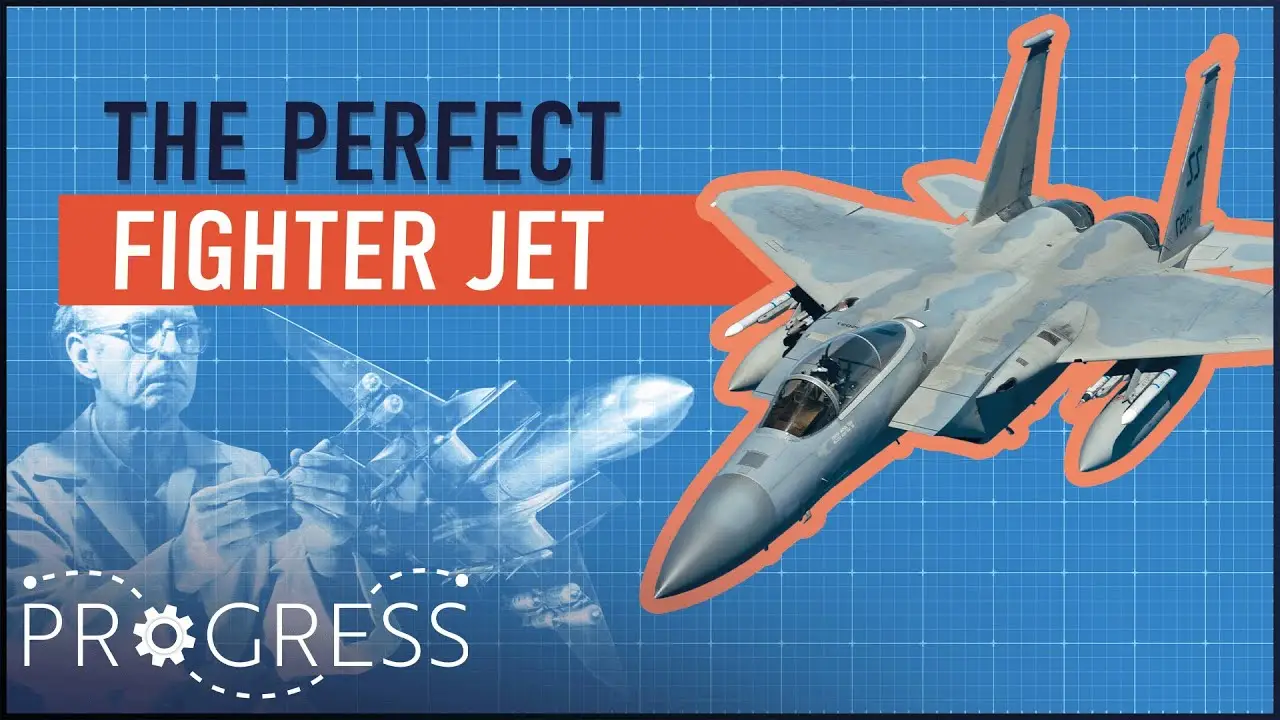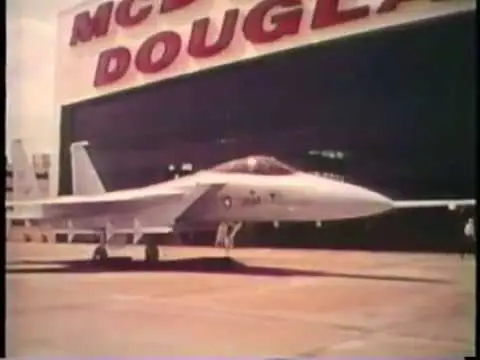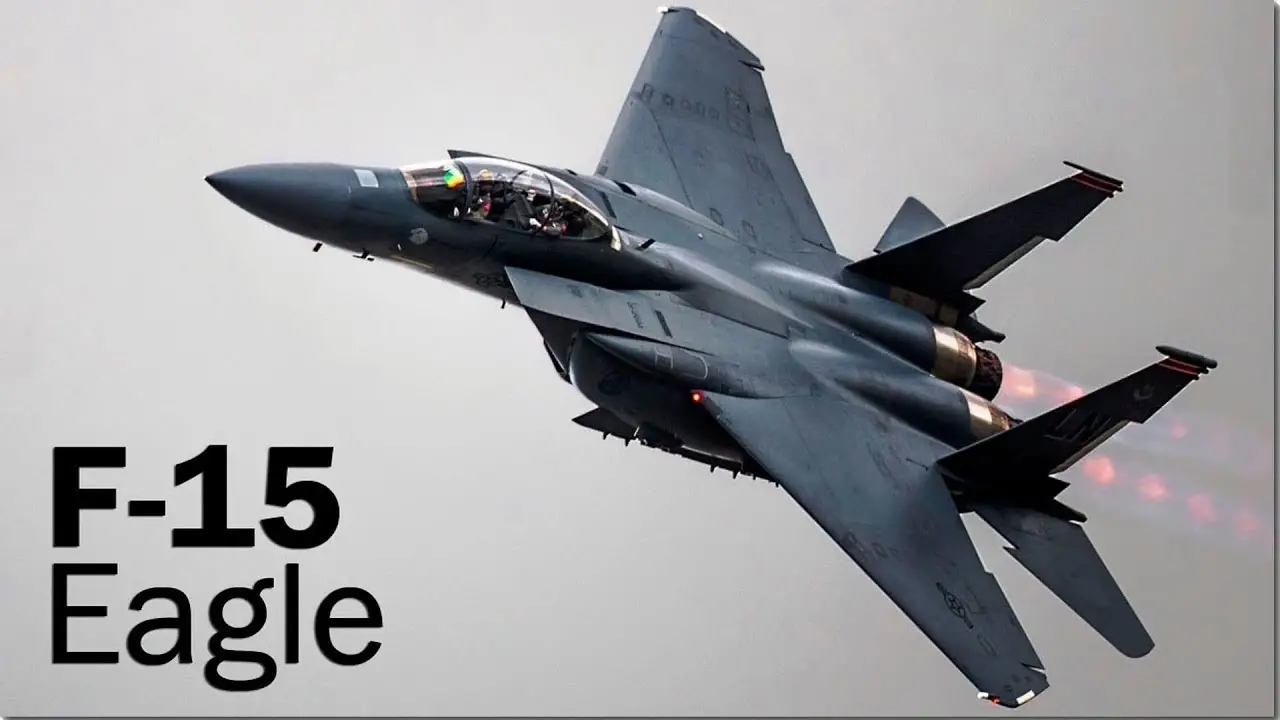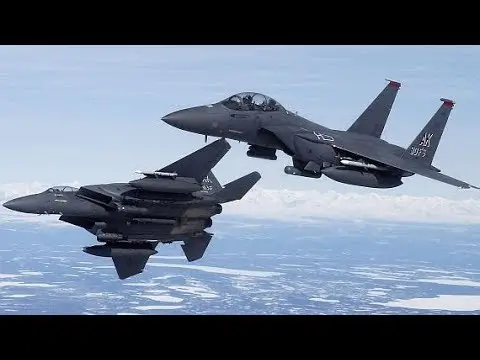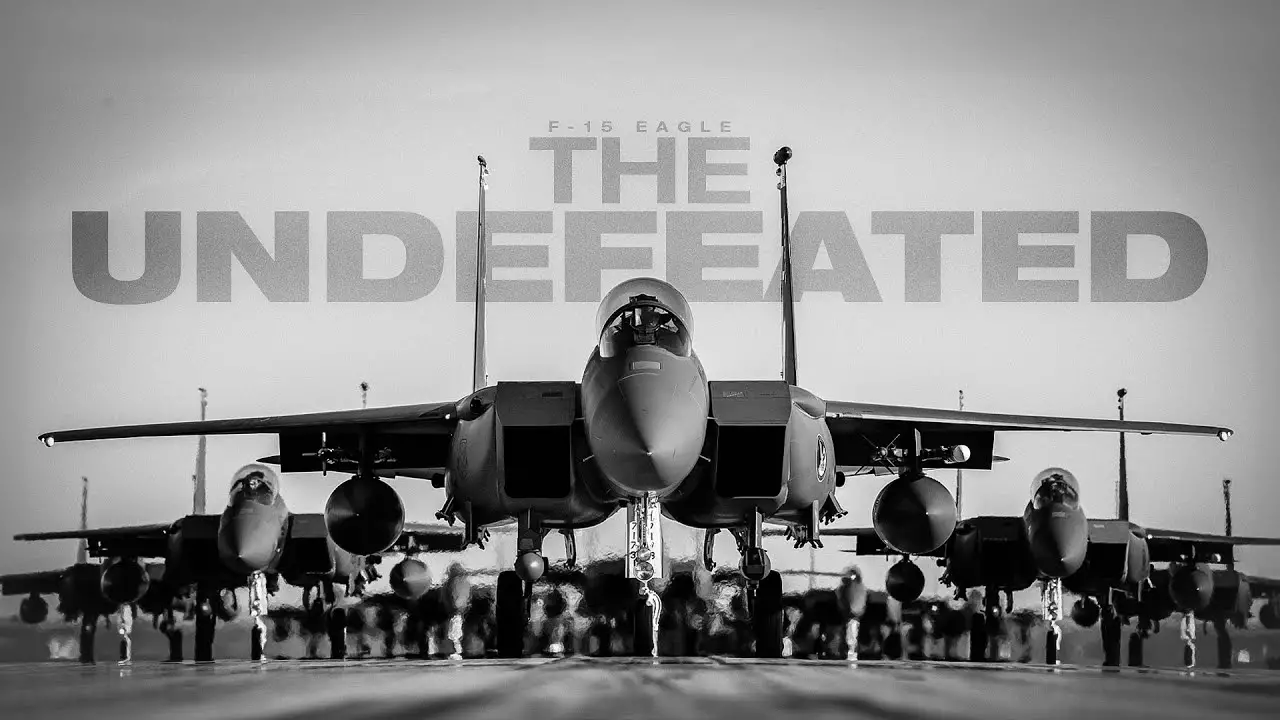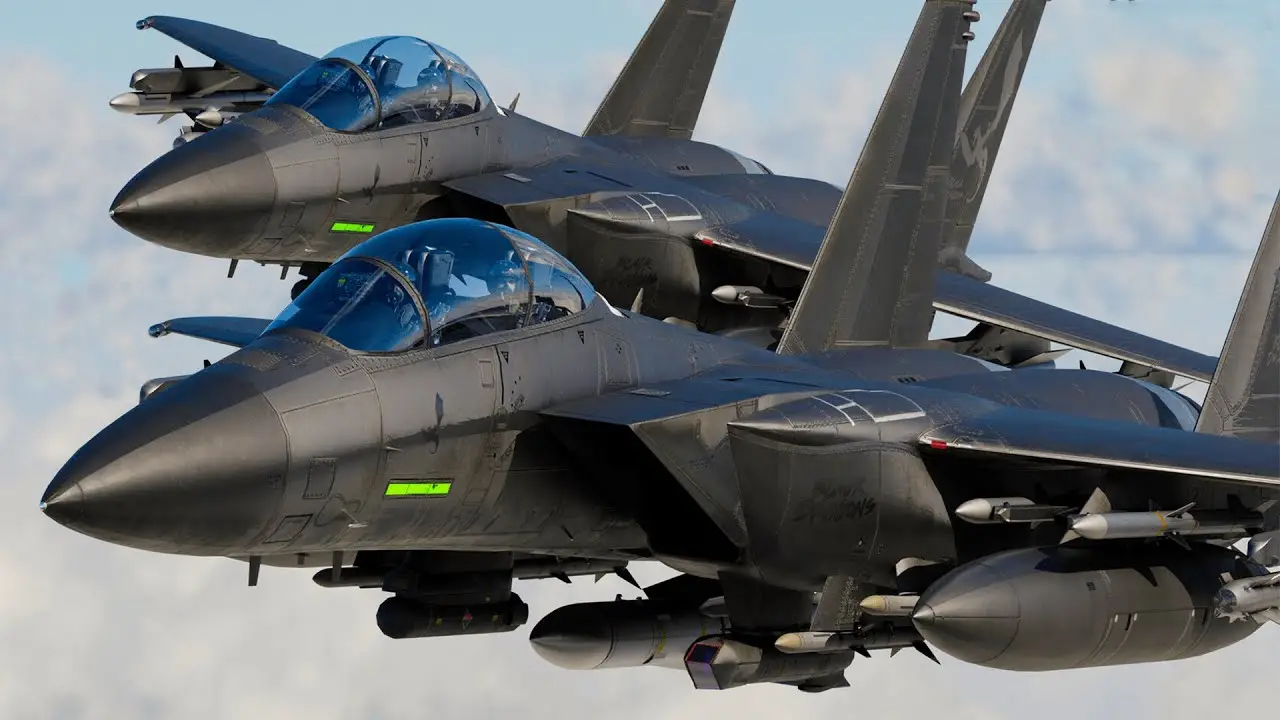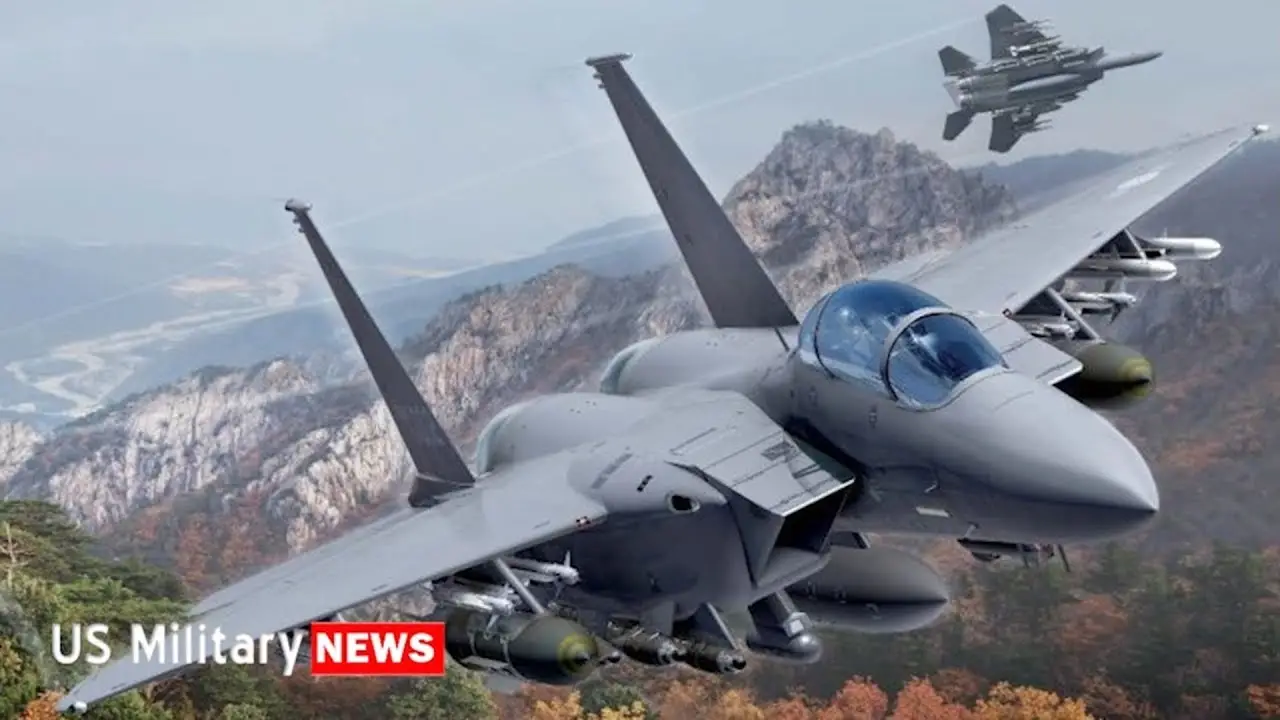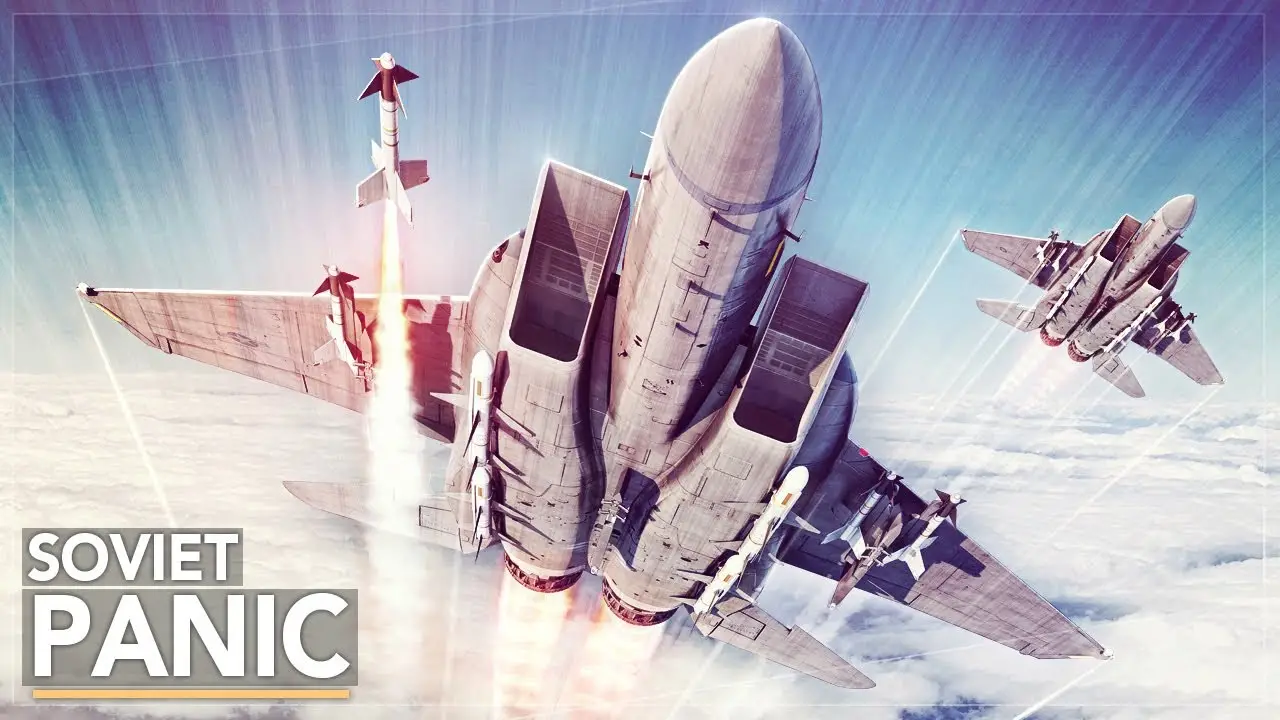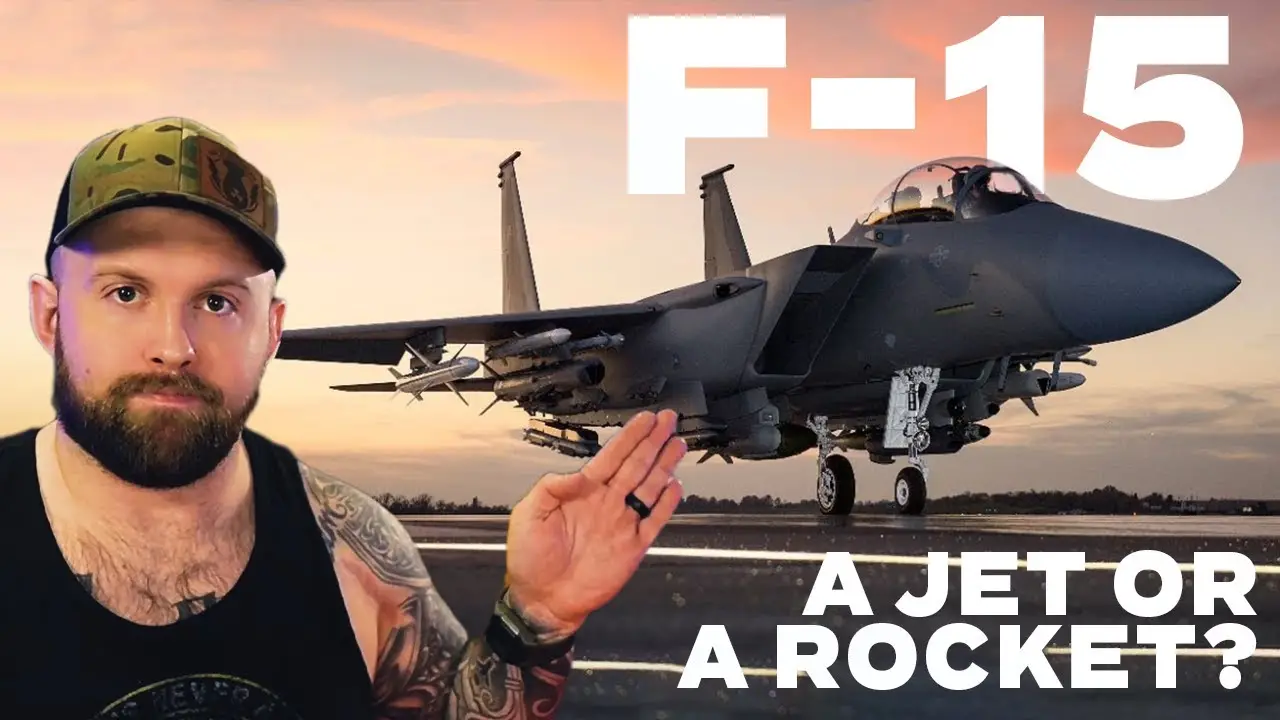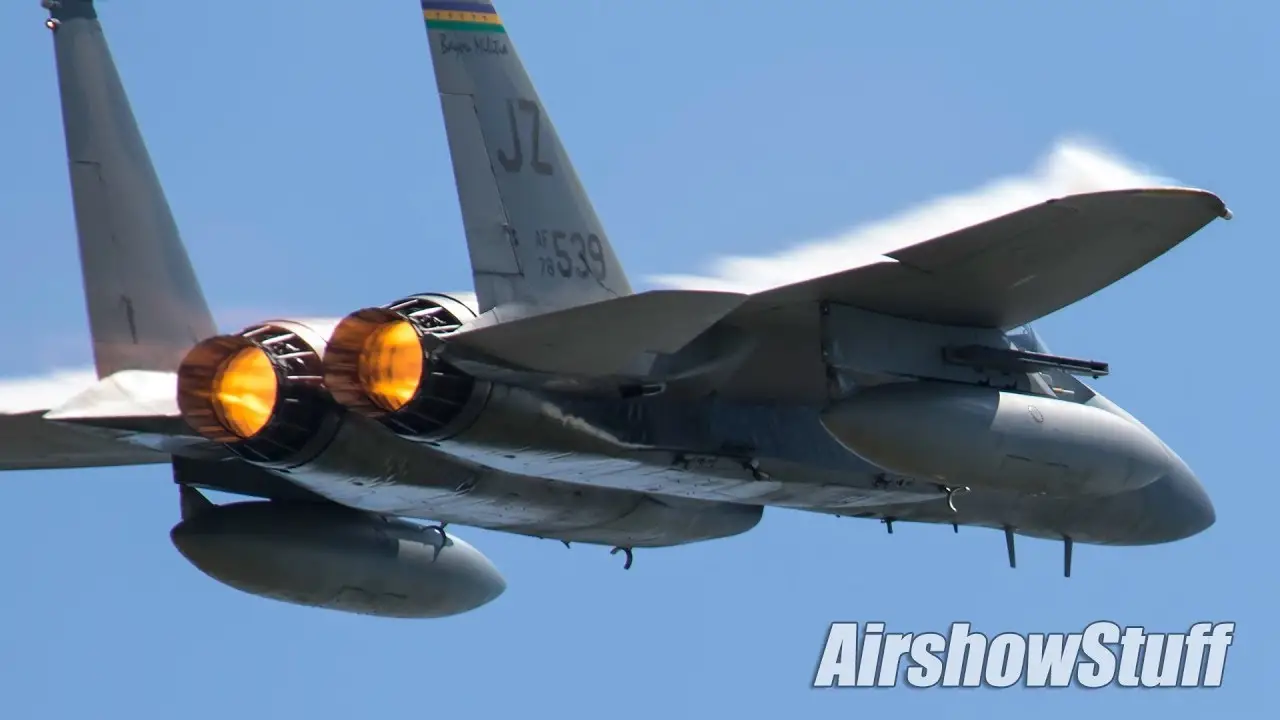the F-15 Eagle History, Features, and Performance
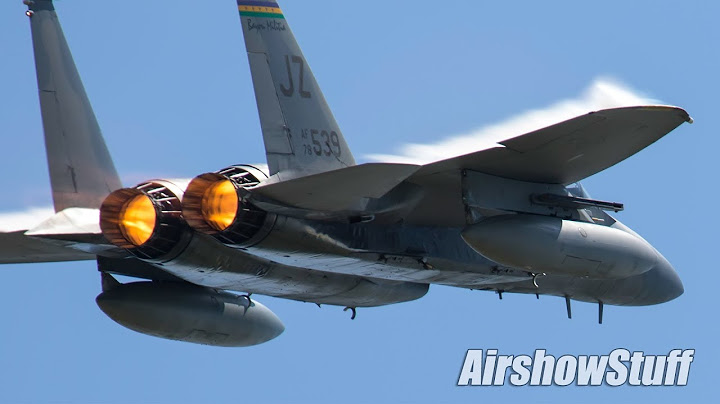
The F-15 Eagle is a legendary fighter jet that has been in service for over four decades. It has served as the backbone of the United States Air Force (USAF) and has become one of the most recognizable symbols of American air power. With its sleek design, advanced technologies, and unmatched performance, the F-15 Eagle has solidified its place as one of the greatest fighter jets in history.
In this ultimate guide, we will dive deep into the history, features, and performance of the F-15 Eagle. From its conception to its current use, we will cover every aspect of this iconic aircraft. So fasten your seat belts and get ready to learn everything there is to know about the F-15 Eagle.
History of the F-15 Eagle
The F-15 Eagle was born out of the need for a new air superiority fighter for the USAF in the late 1960s. The Vietnam War had shown the limitations of the existing fighter jets, and the USAF was determined to develop a superior aircraft that could dominate the skies. In 1969, the Defense Advanced Research Projects Agency (DARPA) launched the FX program, which aimed to develop a new air superiority fighter with revolutionary capabilities.
In 1972, McDonnell Douglas (now part of Boeing) won the FX program competition with its design, the F-15. The first prototype took flight on July 27, 1972, and it was an instant success. Its impressive speed, maneuverability, and advanced avionics made it stand out from other fighter jets of that time. The F-15 officially entered service with the USAF in 1976, and it has been in continuous production ever since.
Cold War Era
During the Cold War era, the F-15 played a crucial role in maintaining the United States’ air superiority over the Soviet Union. It was designed to be faster, more maneuverable, and more heavily armed than any other fighter jet of that time. Its ability to exceed Mach 2.5 and carry a diverse array of weapons, including long-range missiles, made it a formidable adversary for any potential enemy.
One of the most notable moments in the F-15’s history during the Cold War was the 1981 incident when an Israeli F-15 shot down a Syrian MiG-25, which was considered one of the fastest and most advanced interceptors of that time. This event further solidified the F-15’s reputation as an unbeatable fighter jet.
Gulf War
The F-15 Eagle saw its first combat action during the 1991 Gulf War. It played a crucial role in Operation Desert Storm, where it was used for both air-to-air and air-to-ground missions. The F-15’s unmatched speed and maneuverability allowed it to successfully engage and defeat Iraqi aircraft while also providing close air support for ground troops.
During the Gulf War, the F-15s flew over 5,000 sorties, with only one aircraft being lost in action due to mechanical failure. This impressive performance demonstrated the reliability and effectiveness of the F-15 in a real combat situation.
Unleashing the Power of the F-22 Raptor A Comprehensive Guide
Design and Specifications of the F-15 Eagle
The F-15 Eagle is a twin-engine, all-weather tactical fighter jet designed for air superiority missions. It has a length of 63.8 feet, a wingspan of 42.8 feet, and a height of 18.5 feet. The F-15 is powered by two Pratt Whitney F100-PW-100 or -220 turbofan engines, each producing up to 25,000 pounds of thrust.
The aircraft’s design is optimized for high-speed and high-altitude maneuvers, with its twin tails and large wings providing excellent stability and control. The F-15 also has a high thrust-to-weight ratio, allowing it to accelerate quickly and climb rapidly.
Avionics
One of the most significant features of the F-15 Eagle is its advanced avionics system, which gives it a significant edge over other fighter jets. Its central computer integrates inputs from various sensors to provide the pilot with crucial information such as airspeed, altitude, and weapons status. It also controls the aircraft’s fly-by-wire flight control system, making it highly agile and responsive to the pilot’s commands.
The F-15’s avionics suite includes a radar system, electronic warfare systems, and a heads-up display (HUD). The APG-63(V)3 radar is capable of tracking multiple targets simultaneously and engaging them with long-range missiles or guided bombs. The electronic warfare systems detect and jam enemy radars, while the HUD projects critical flight information onto the pilot’s field of view, reducing the need to look down at instruments.
Armament
The F-15 Eagle is armed with a combination of short and medium-range air-to-air missiles, including the AIM-7 Sparrow and AIM-9 Sidewinder. It can carry up to eight missiles on external hardpoints, giving it a significant advantage in aerial combat.
For air-to-ground missions, the F-15 can carry a variety of bombs and precision-guided munitions, such as the AGM-130 and JDAMs. It also has an internal 20mm M61 Vulcan cannon for close air support missions.
Notable Features of the F-15 Eagle
Apart from its stellar performance and advanced technologies, the F-15 Eagle has several notable features that make it stand out from other fighter jets.
Thrust Vectoring
The F-15E Strike Eagle variant of the F-15 is equipped with thrust vectoring nozzles, which allow the aircraft to redirect thrust from its engines. This feature provides additional control and maneuverability, making the F-15E more agile than the standard F-15.
Canard Wings
The F-15 ACTIVE (Advanced Capability Technology Insertion Versatile Aircraft Configuration) is an experimental variant of the F-15 equipped with canard wings. These small wings mounted near the nose of the aircraft provide increased lift and maneuverability, especially at low speeds.
F-22 Raptor History, Features, Performance, and Comparisons
Low Observable Features
In the 1980s, a modified version of the F-15 was developed as part of the USAF’s “Have Blue” program, which eventually led to the development of the F-117 Nighthawk stealth bomber. This variant, called the F-15 STOL/MTD (Short Takeoff and Landing/Maneuver Technology Demonstrator), incorporated low observable features such as radar-absorbing materials and reduced infrared and visual signatures.
F-15 Eagle in Combat
The F-15 Eagle has been involved in various conflicts and combat operations around the world, showcasing its capabilities and proving its worth on the battlefield.
Operation Northern Watch
In the late 1990s, the US-led coalition imposed a no-fly zone over northern Iraq to protect the Kurdish population from attacks by the Iraqi government. The F-15C/D played a vital role in this operation, intercepting and deterring any Iraqi aircraft that violated the no-fly zone.
Operation Inherent Resolve
The F-15E Strike Eagle has been heavily involved in the ongoing fight against ISIS in Iraq and Syria. It has been used for both air support and air interdiction missions, delivering precision strikes on high-value targets.
Operation Odyssey Dawn
In 2011, the F-15E Strike Eagle was part of the US-led coalition that launched airstrikes against Libyan forces during the overthrow of Muammar Gaddafi’s regime. The F-15E played a crucial role in degrading Libya’s air defenses and enabling other aircraft to carry out their missions safely.
F16 Fighter Aircraft An In-Depth Exploration of an American Legend
Variants of the F-15 Eagle
Over the years, several variants of the F-15 have been developed to meet the evolving needs of the USAF. These variants have improved upon the original design and introduced new capabilities, making the F-15 a more versatile and lethal aircraft.
F-15A/B
The F-15A/B were the first production versions of the F-15, with the A variant being a single-seat fighter and the B variant being a two-seat trainer. These variants entered service with the USAF in 1976 and were used primarily for air-to-air missions.
F-15C/D
The F-15C/D is an upgraded version of the F-15A/B, featuring improved avionics and weapons systems. It has been the primary air superiority fighter for the USAF since the early 1980s.
F-15E Strike Eagle
The F-15E Strike Eagle is a dual-role fighter designed for both air-to-air and air-to-ground missions. It has significant upgrades over the F-15C/D, including increased payload capacity, canard wings, and thrust vectoring nozzles.
F-15SE Silent Eagle
The F-15SE Silent Eagle is a proposed stealth variant of the F-15E. It features several low observable technologies, including radar-absorbing materials and internal weapons bays, making it nearly invisible to enemy radar.
Operators of the F-15 Eagle
Apart from the USAF, the F-15 Eagle is also operated by several other countries, including Japan, Saudi Arabia, and Israel. These countries have acquired the F-15 to enhance their air defense capabilities and maintain a strategic advantage over potential adversaries.
Japan
Japan has been operating the F-15J since 1982, with a total of 223 aircraft in service. The F-15J is a licensed-built version of the F-15C/D, featuring some modifications to meet the Japanese Air Self-Defense Force’s (JASDF) specific requirements.
Saudi Arabia
The Royal Saudi Air Force (RSAF) operates the F-15S, a variant similar to the F-15E Strike Eagle. The F-15S has been heavily involved in various conflicts in the Middle East, including the Gulf War and operations against ISIS.
Israel
Israel is one of the largest operators of the F-15, with a fleet of over 300 aircraft. The Israeli Air Force (IAF) has used the F-15 extensively in combat, with notable success in the 1982 Lebanon War and other conflicts in the region.
Maintenance and Upkeep of the F-15 Eagle
Maintaining and keeping the F-15 Eagle operational is a complex and demanding process. With decades of service and continuous upgrades, the F-15 requires regular maintenance and modernization to keep up with the evolving technology and combat tactics.
The USAF has an extensive maintenance program in place for its F-15 fleet, ensuring that every aircraft meets the required standards for safe and effective operation. The maintenance program includes scheduled inspections, repairs, and component replacements to maintain the aircraft’s airworthiness.
Future of the F-15 Eagle
Despite being in service for over four decades, the F-15 Eagle is still considered one of the most advanced and capable fighter jets in the world. As the USAF looks towards the future, it plans to keep the F-15 in service until at least 2040. To achieve this, several modernization programs are underway, which will upgrade the existing F-15 fleet with the latest technologies and improve its combat capabilities.
Some of the upgrades planned for the F-15 include a new advanced cockpit system, upgraded radar, and improved electronic warfare systems. These upgrades will ensure that the F-15 remains a formidable adversary for any potential enemy for years to come.
Comparisons with Other Fighter Jets
The F-15 Eagle has been compared to several other fighter jets throughout its history, but none have been able to match its performance and capabilities. Some of its notable competitors include the Soviet MiG-25 and MiG-31, the French Dassault Mirage 2000, and the Russian Sukhoi Su-27.
One of the most significant comparisons was between the F-15 and the Soviet MiG-25. Although the MiG-25 had an impressive top speed, it lacked the agility and advanced avionics of the F-15, making it inferior in air-to-air combat.
In more recent years, the F-15 has been compared to newer fighter jets, such as the F-22 Raptor and the F-35 Lightning II. While these aircraft have their own unique capabilities, they are designed for different roles than the F-15. The F-22 is primarily an air superiority fighter, while the F-35 is a multirole fighter designed for both air-to-air and air-to-ground missions.
Controversies Surrounding the F-15 Eagle
As with any military equipment, there have been controversies surrounding the F-15 Eagle throughout its history. One of the most notable controversies was the cost of the F-15 program, which faced criticism for being too expensive. However, supporters argued that the F-15’s unmatched capabilities justified its cost.
Another controversy surrounding the F-15 was its export to other countries, such as Saudi Arabia and Israel. Some critics argued that providing advanced military technology to other countries could compromise national security. However, the USAF maintained that the F-15’s export was necessary to maintain strategic alliances and promote stability in certain regions.
Conclusion
The F-15 Eagle is undoubtedly one of the greatest fighter jets in history, with a track record that speaks for itself. From its inception during the Cold War to its current use in modern conflicts, the F-15 has consistently proved its worth as a formidable air superiority fighter.
With its advanced design, state-of-the-art avionics, and unmatched performance, the F-15 Eagle will continue to play a crucial role in the USAF and other countries’ air forces for years to come. Its legacy will live on as a symbol of American air power and a testament to the ingenuity and innovation of those who designed and built it.

